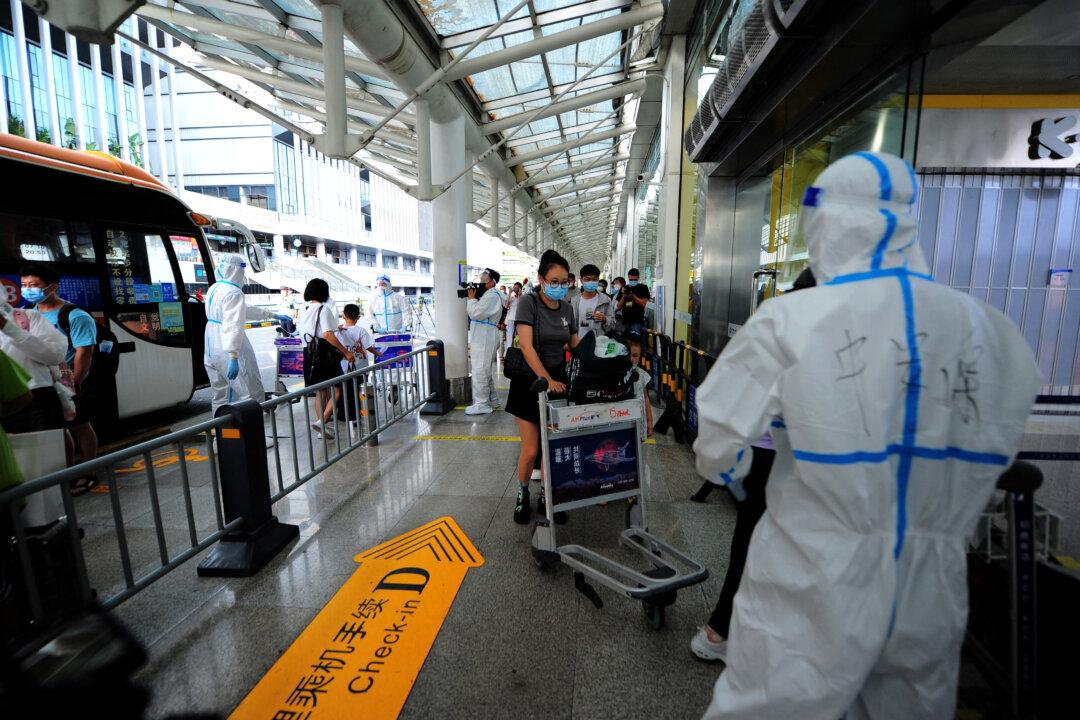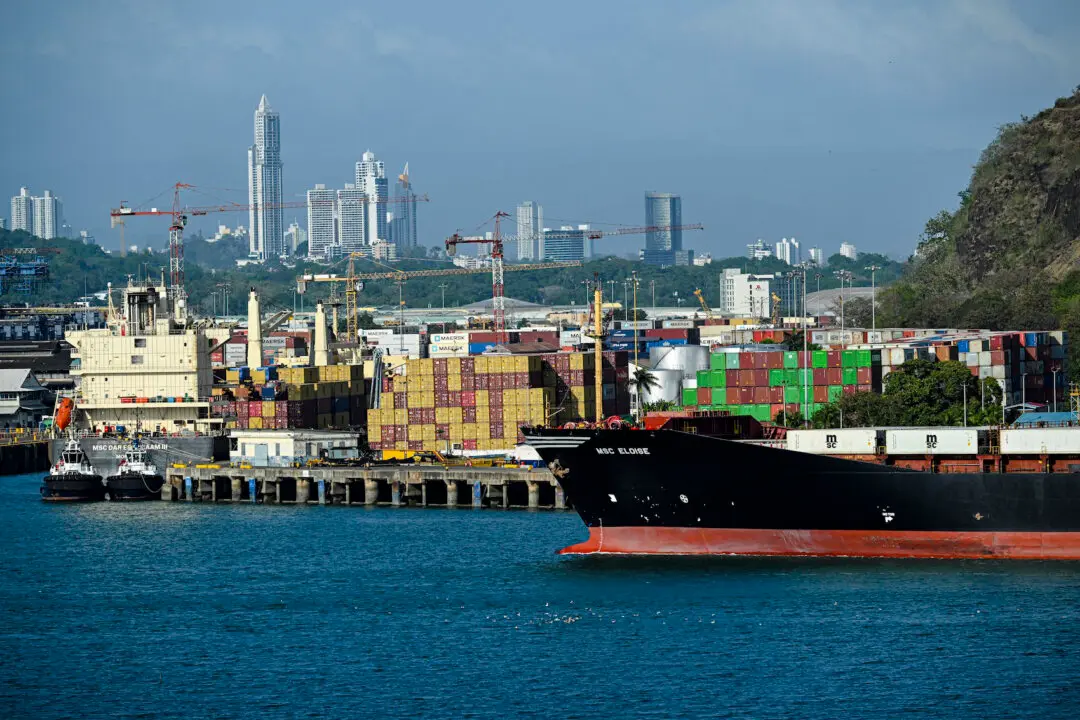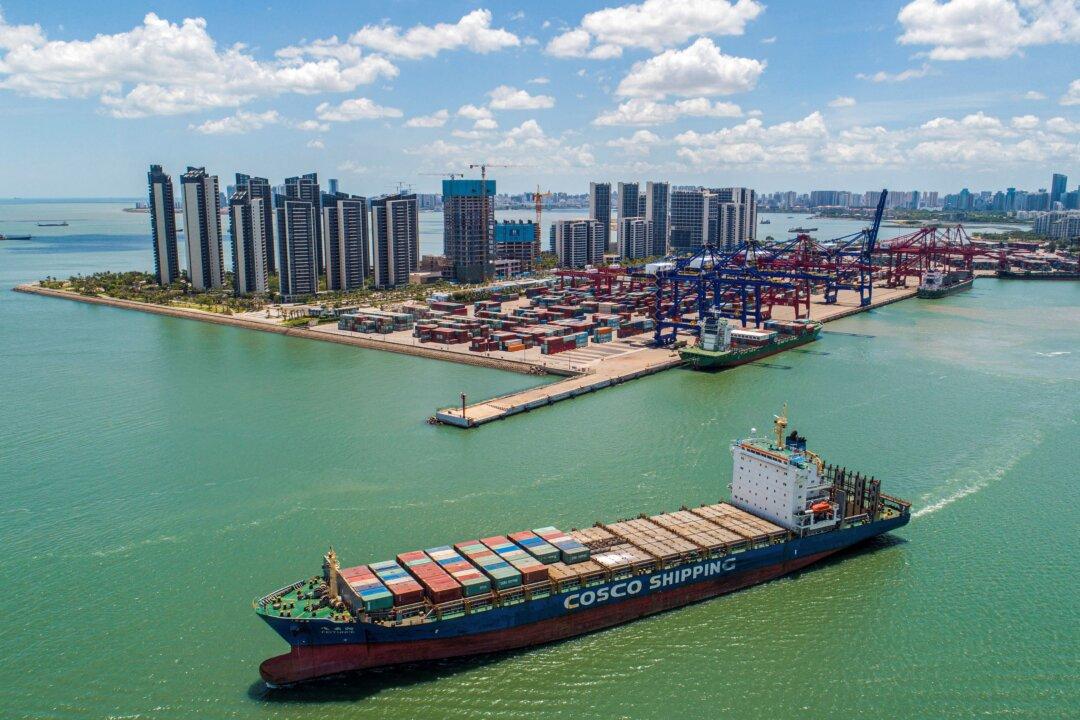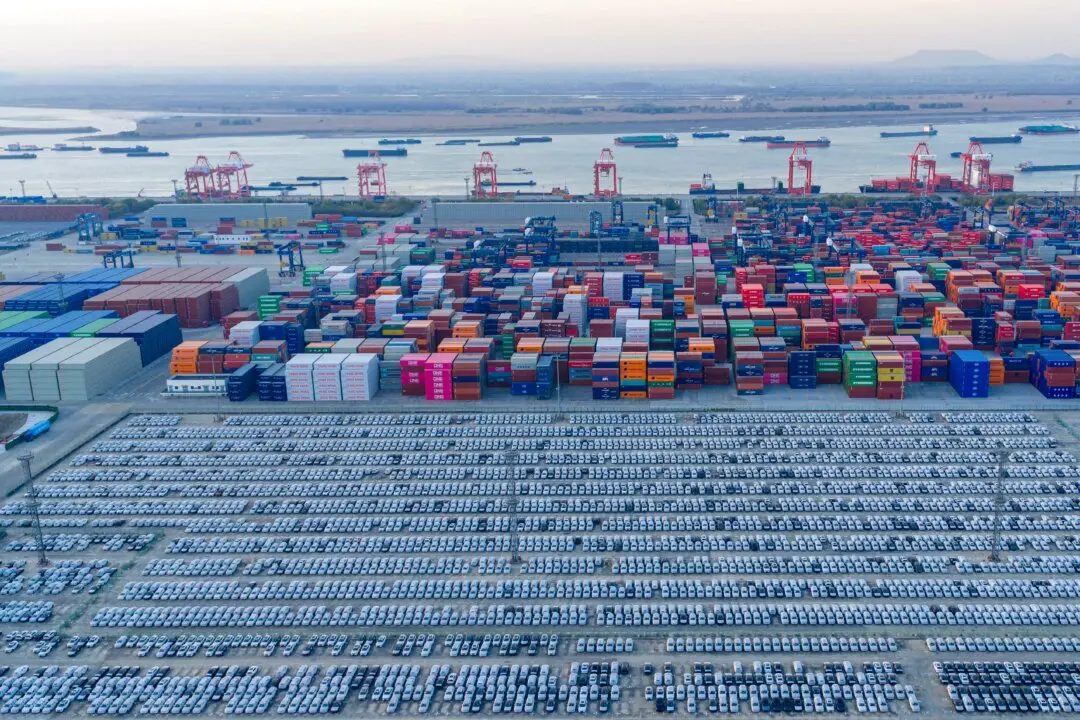A health expert has sharply criticized the Chinese regime’s lifting of international travel restrictions in the midst of a massive COVID wave sweeping through the country, saying the move is “extremely irresponsible” and could cause a global resurgence of the pandemic.
The National Health Commission announced on Dec. 26 that the country would end all quarantine requirements for inbound travelers from Jan. 8, 2023. Travelers will need to obtain a negative PCR test within 48 hours of departure, it said. Currently, travelers entering China need to undergo five days of mandatory quarantine in an approved facility, followed by three days at home.




